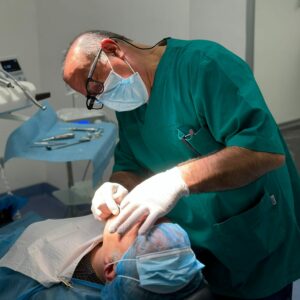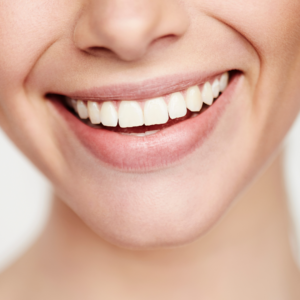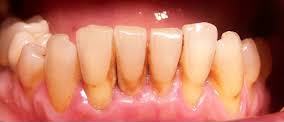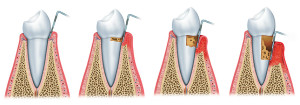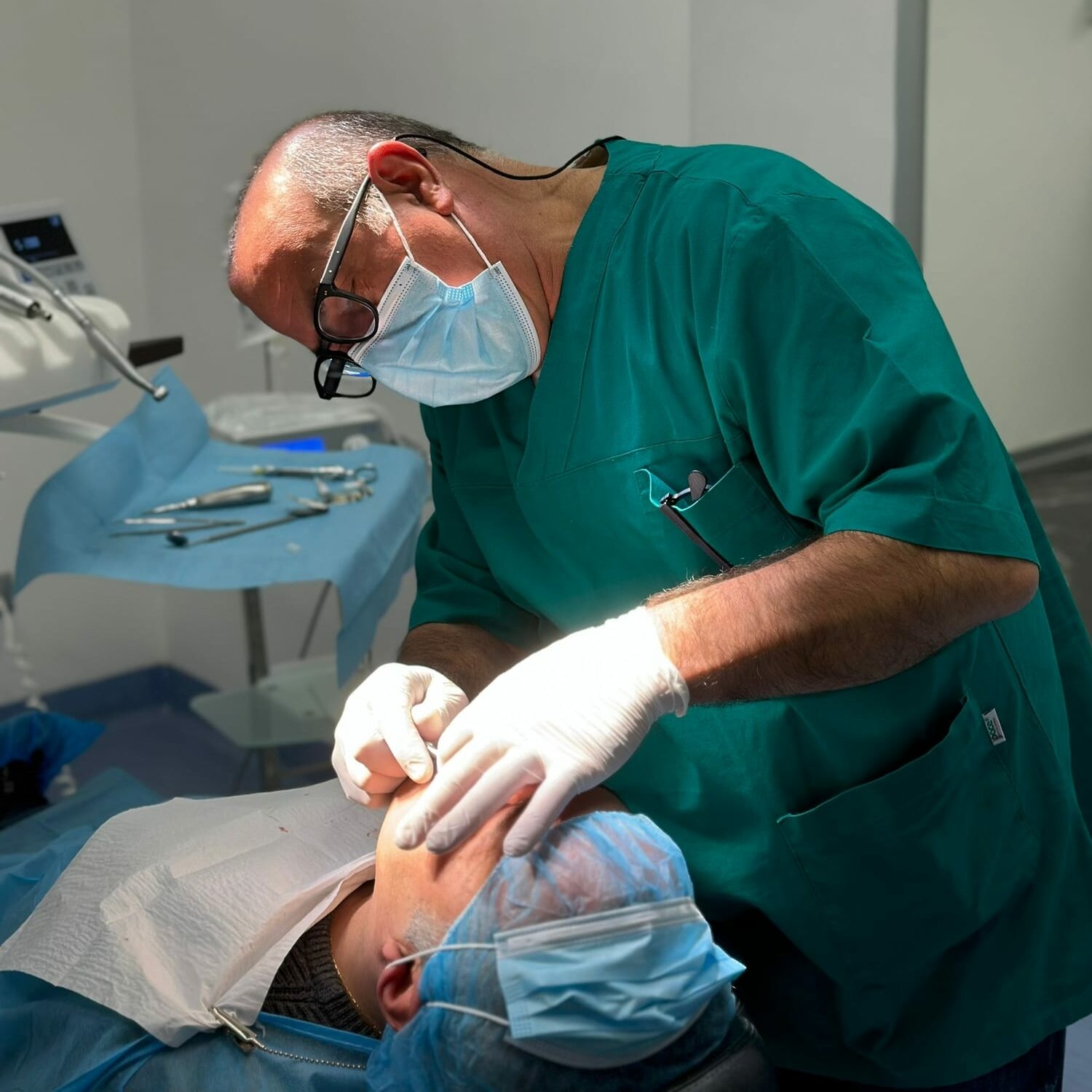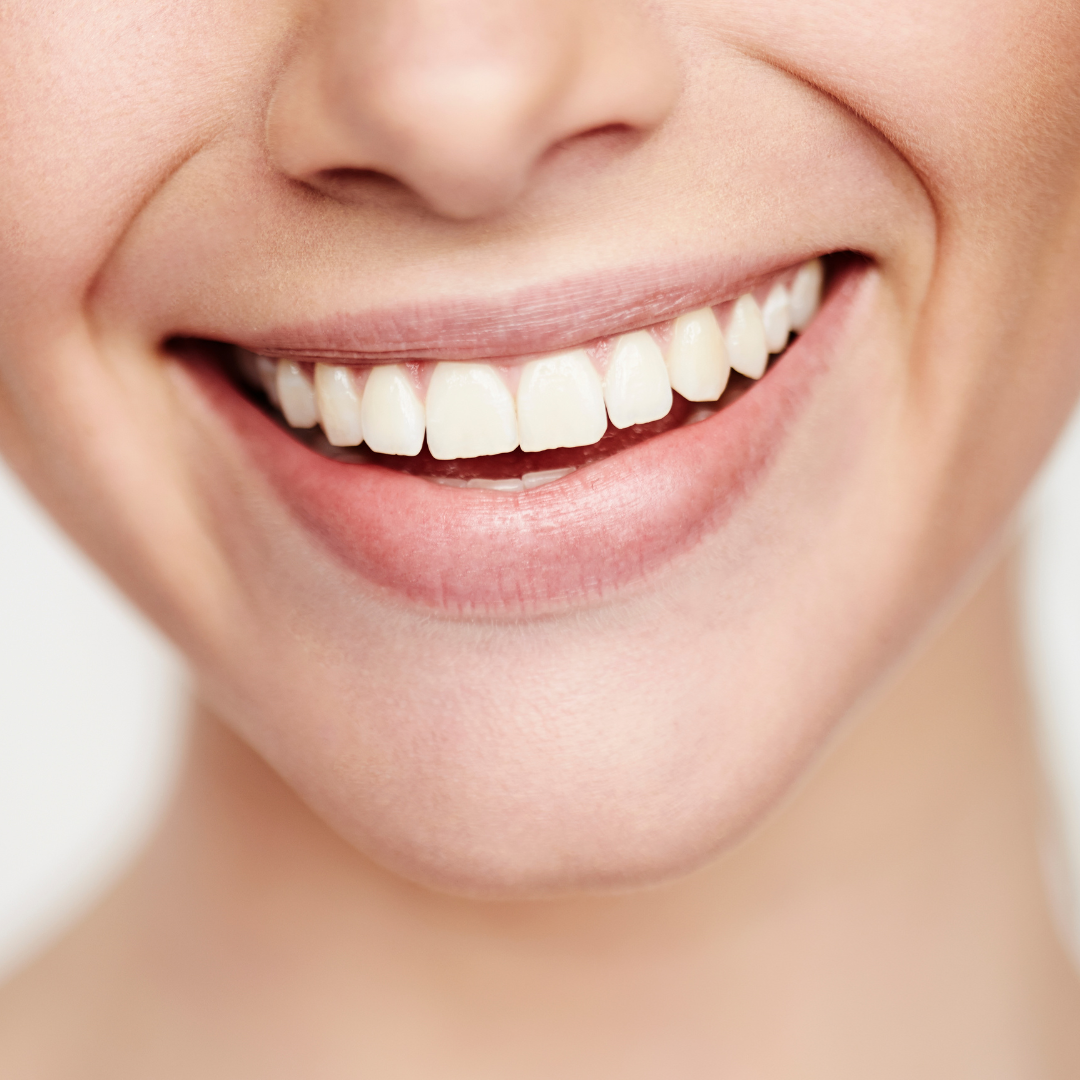Among the autoimmune diseases that can have a direct consequence also on the oral cavity, there is the Sjögren’s syndrome, an autoimmune inflammatory disease.
How do autoimmune diseases manifest themselves?
 Autoimmune diseases, including Sjögren’s syndrome, start from a common mechanism. It is in fact a degeneration of lymphocytes, the cells that have the function of producing antibodies. When this type of dysfunction occurs, lymphocytes instead of targeting viruses and bacteria affect healthy non-infected cells.
Autoimmune diseases, including Sjögren’s syndrome, start from a common mechanism. It is in fact a degeneration of lymphocytes, the cells that have the function of producing antibodies. When this type of dysfunction occurs, lymphocytes instead of targeting viruses and bacteria affect healthy non-infected cells.
In particular, with Sjögren’s syndrome, lymphocytes affect the exocrine glands, ie the glands predisposed to the saliva production and tears. The direct consequence of the destruction of salivary and lacrimal glands is the onset of xerostomia and keratoconjunctivitis, that is excessive dryness of the mouth, the first, and of the eye, the second.
What are the causes of autoimmune diseases
For autoimmune diseases it is difficult to pinpoint the cause. Sjögren’s syndrome may have originated from:
- genetic factors;
- viral factors;
- dysfunctions of the immune system.
Autoimmune diseases and oral cavity
In the presence of Sjögren’s syndrome the symptoms are not always so obvious. The patient can go through periods without any  symptomatology and the periods in which it becomes acute. In addition to the dry mouth, in the acute phase, the swelling of the major salivary glands, ie the parotids, can occur.
symptomatology and the periods in which it becomes acute. In addition to the dry mouth, in the acute phase, the swelling of the major salivary glands, ie the parotids, can occur.
The dental consequences of Sjögren’s syndrome are due to the lack of salivation. The balance of the saliva ph is very important for the health of the mouth, when it fails:
- increases the likelihood of contracting tooth decay;
- swallowing problems are felt;
- inflammation of the gums occurs.
Often it is a dental symptom that causes doubt about the presence of Sjögren’s syndrome. As with other autoimmune diseases, the symptoms are often common to other types of diseases and therefore difficult to identify.
It is mainly women who are subject to Sjögren’s syndrome, often for a correct diagnosis a multidisciplinary approach is needed: specific tests can be performed such as sialography, which is a radiography of the salivary glands or the Saxon test to measure the production of saliva.
The cure
If Sjögren’s syndrome manifests itself in a mild form, ie with a reduction in salivary production, the dentist will be able to intervene with a therapy capable of compensating for dry mouth. In fact, there are pharmaceutical solutions in gel or spray that replace saliva. When the disease occurs in a more acute form, affecting the salivary glands, anti-inflammatory therapies are administered to reduce complications.





